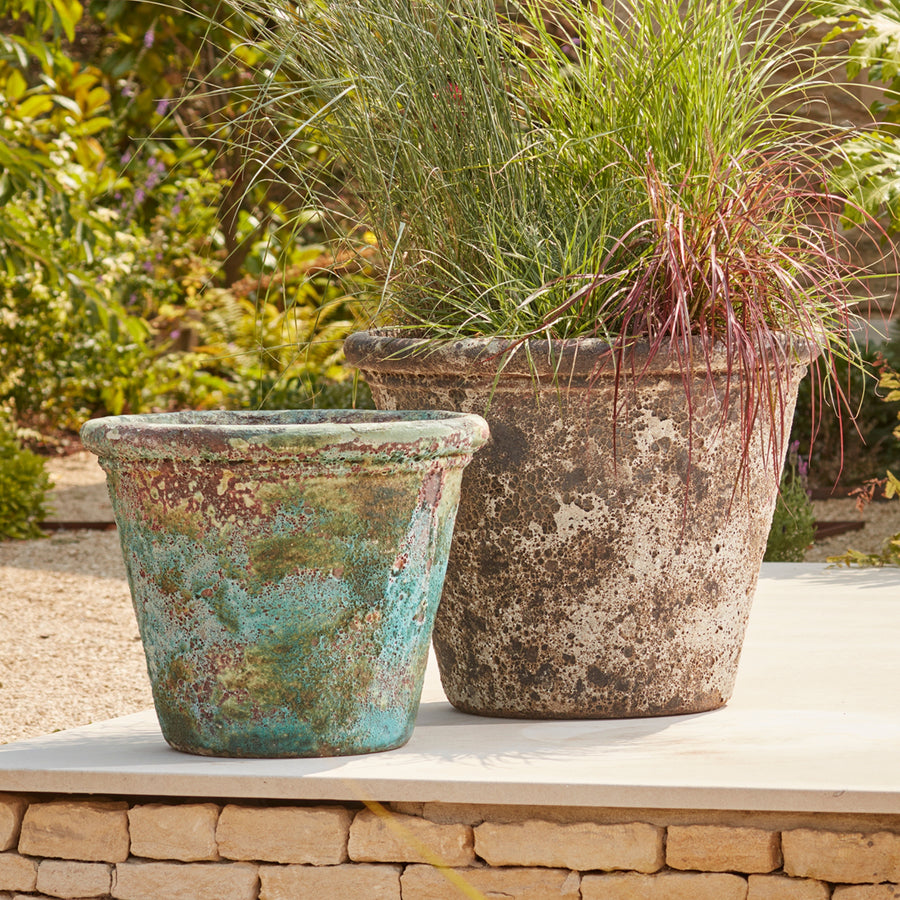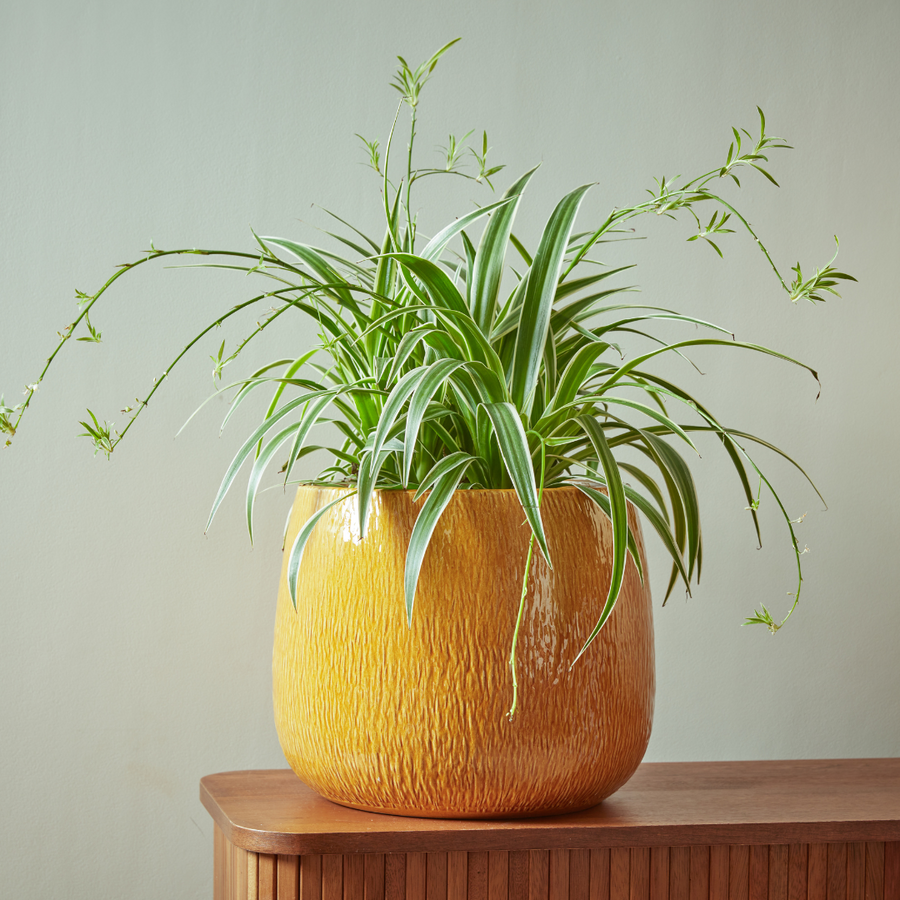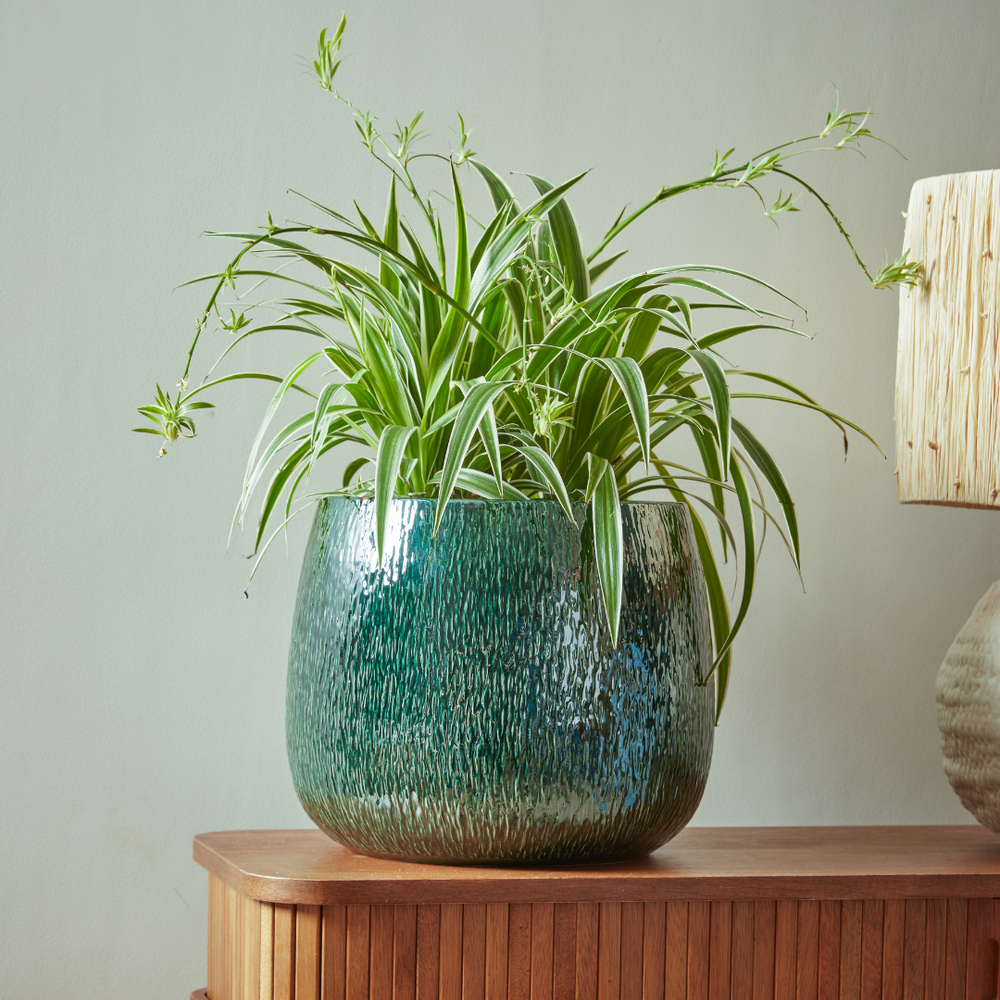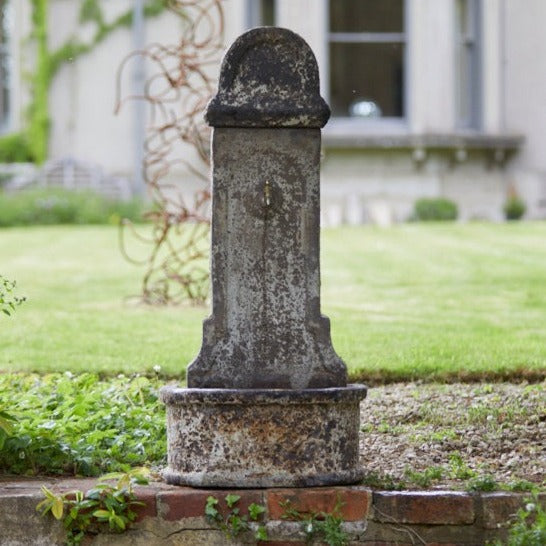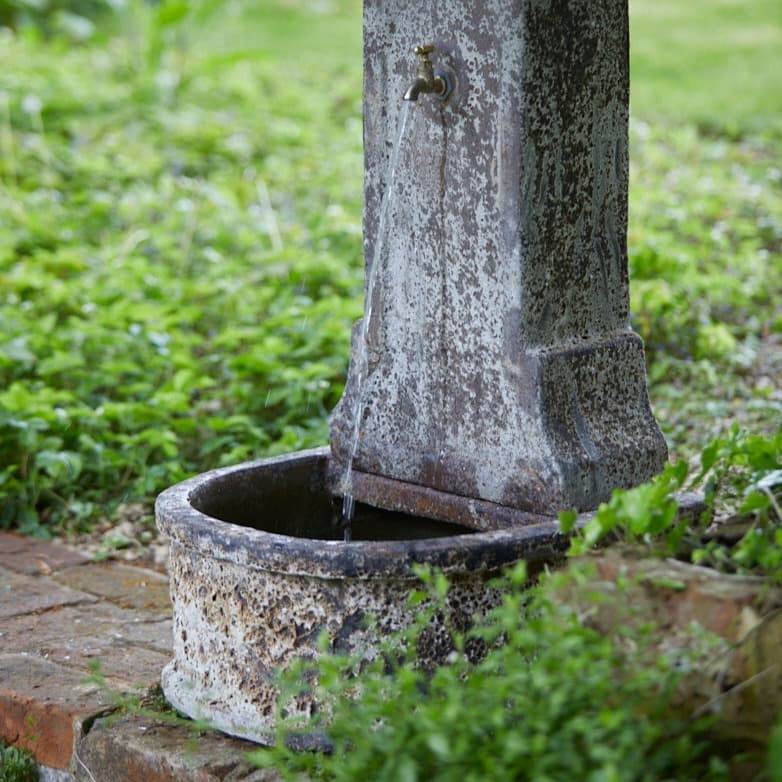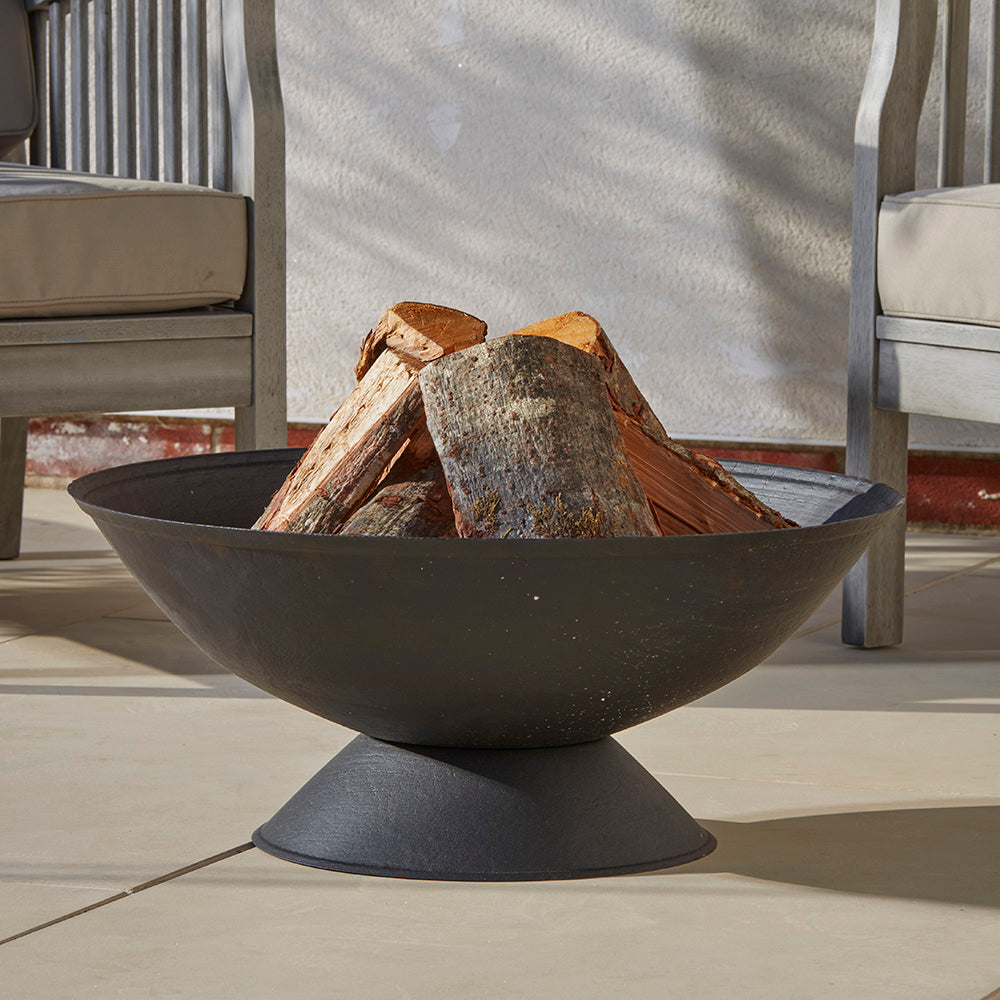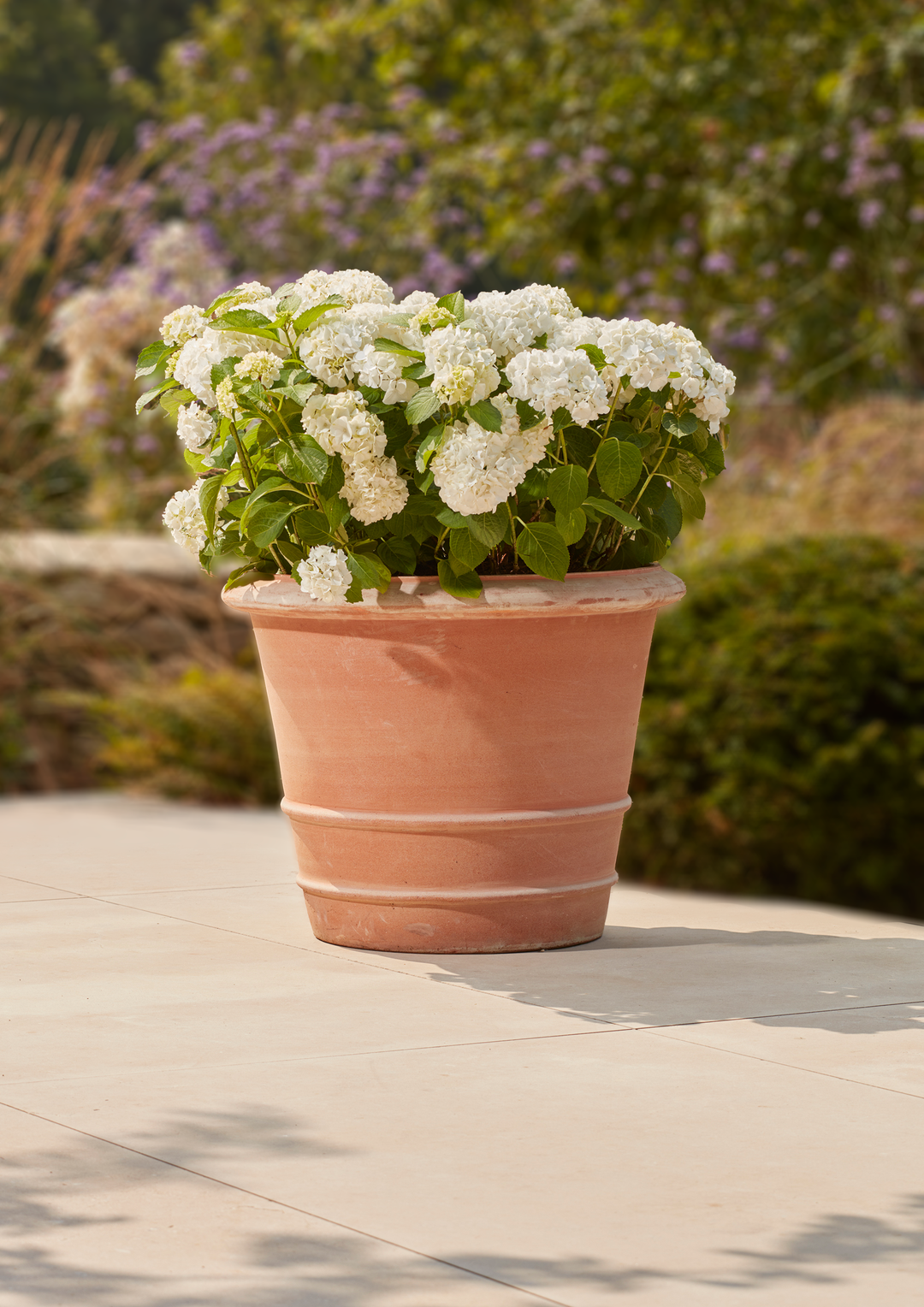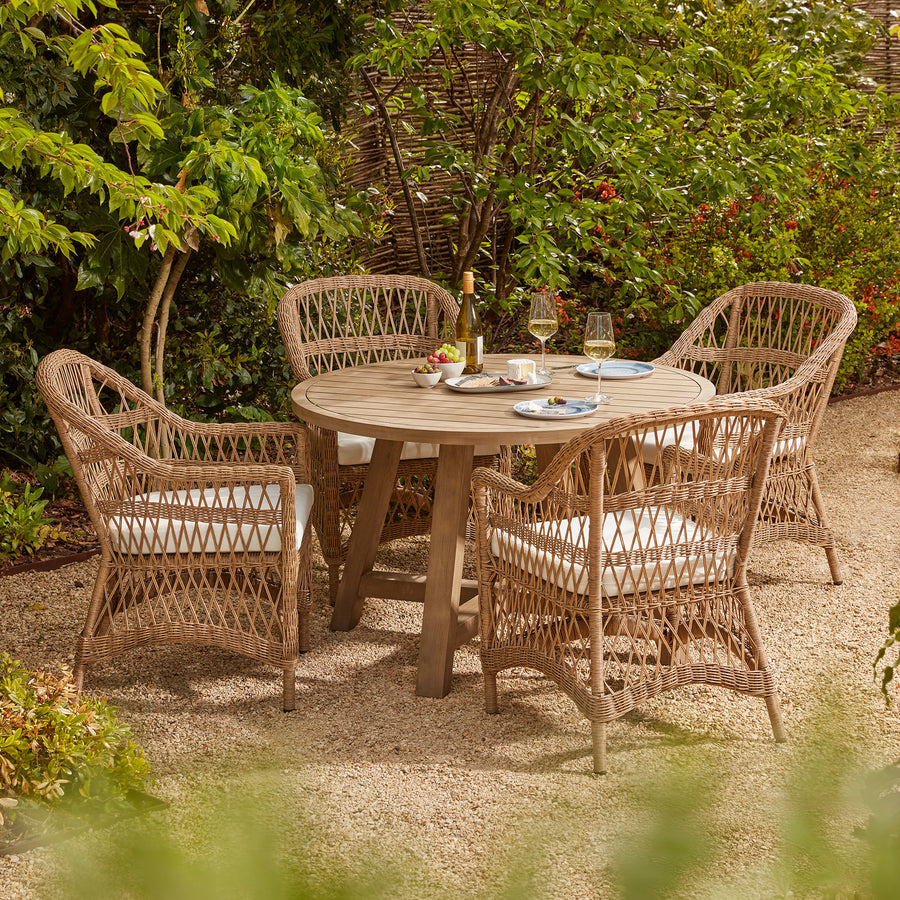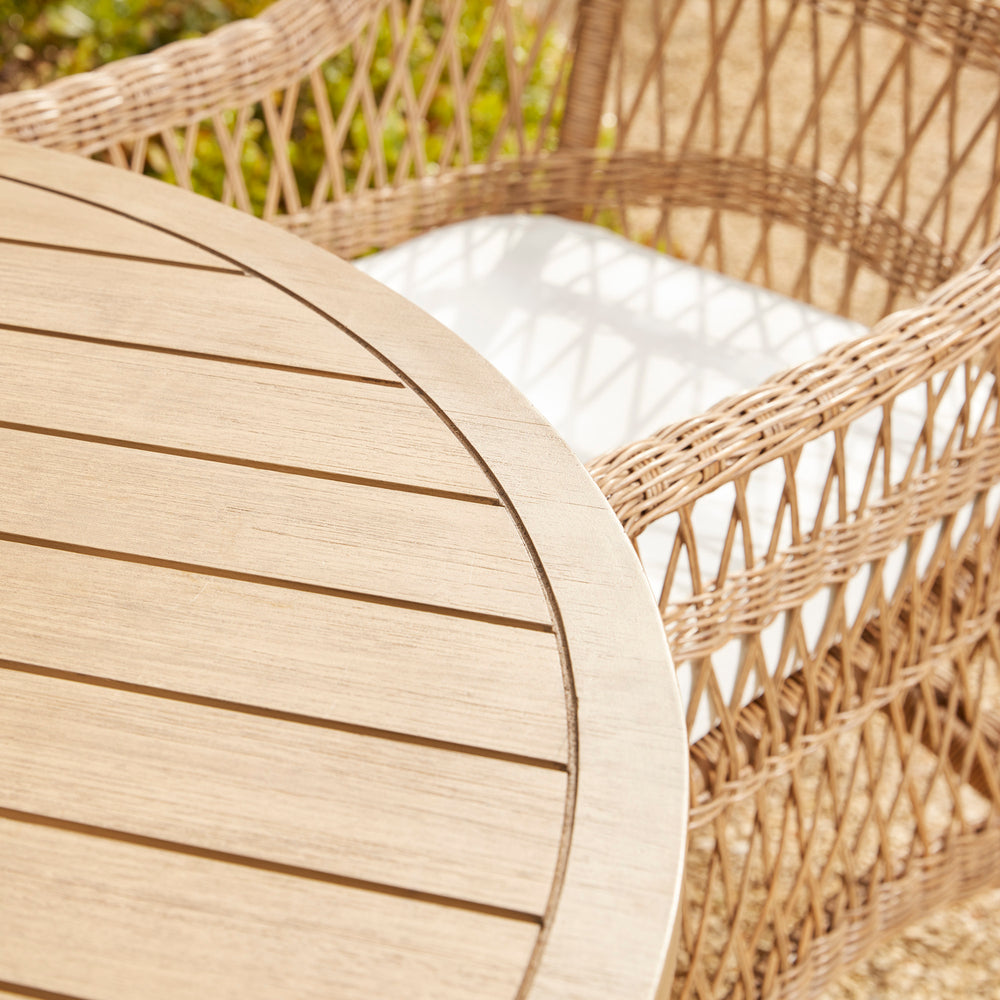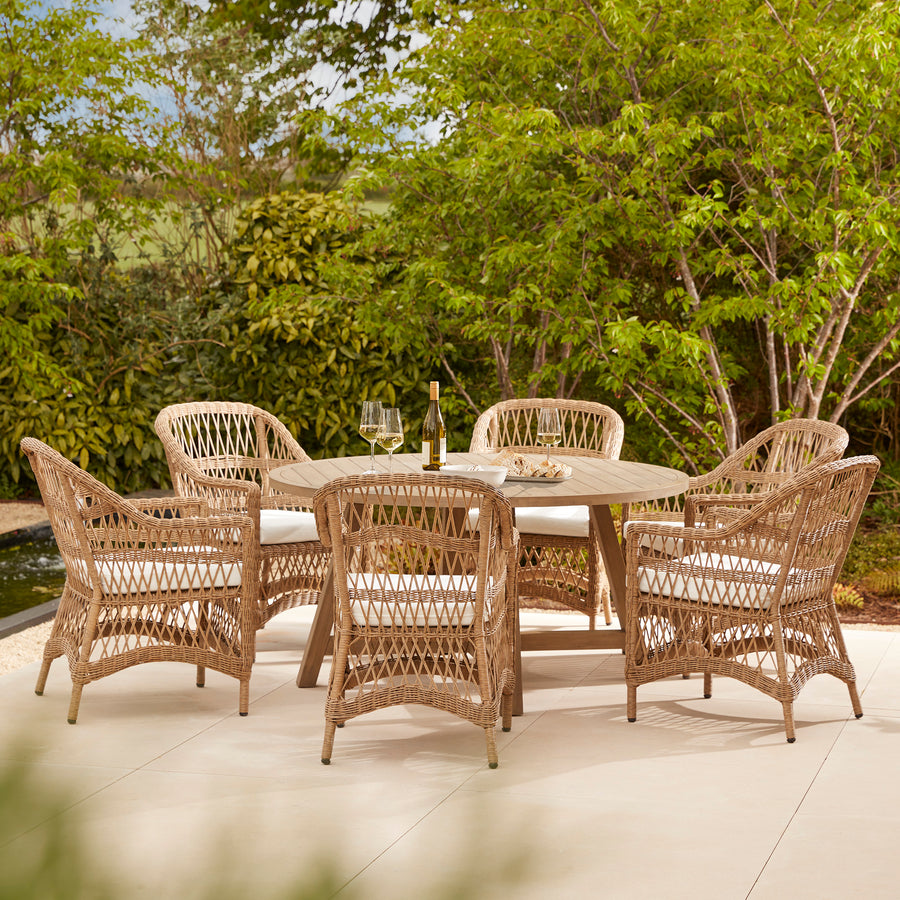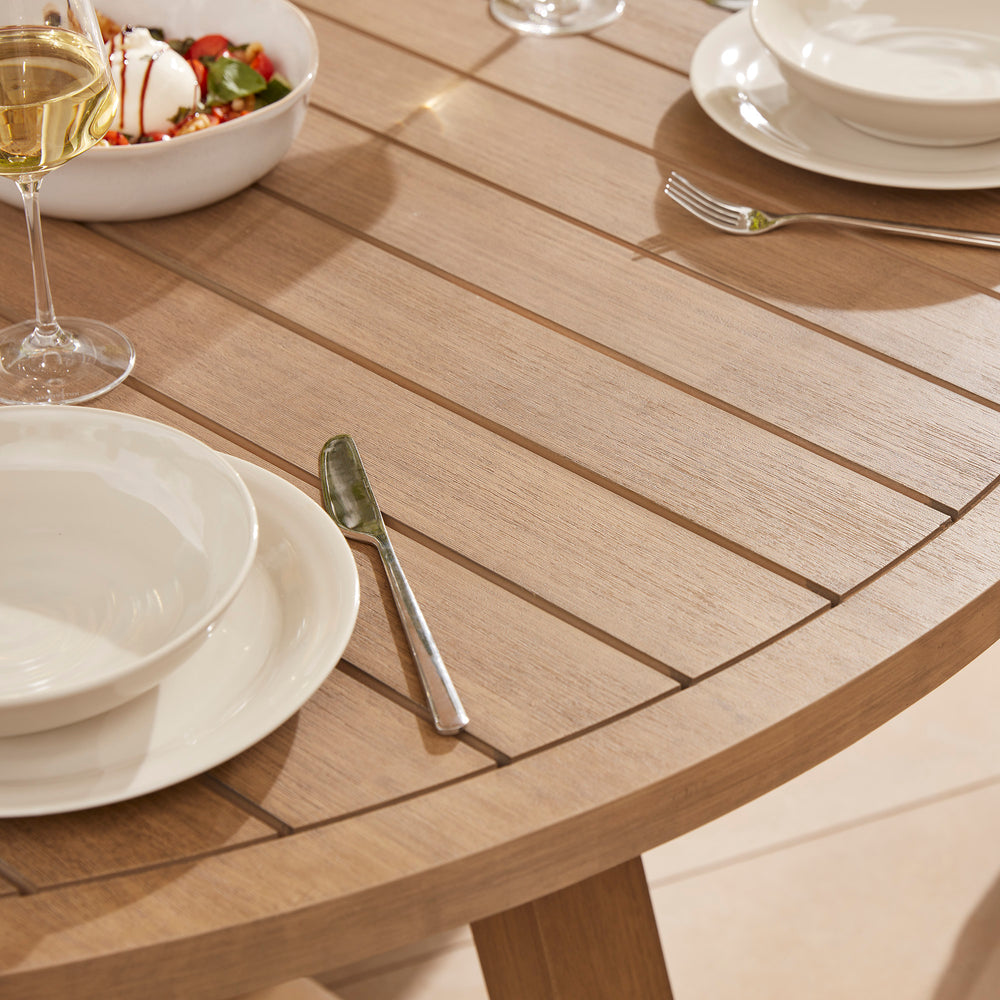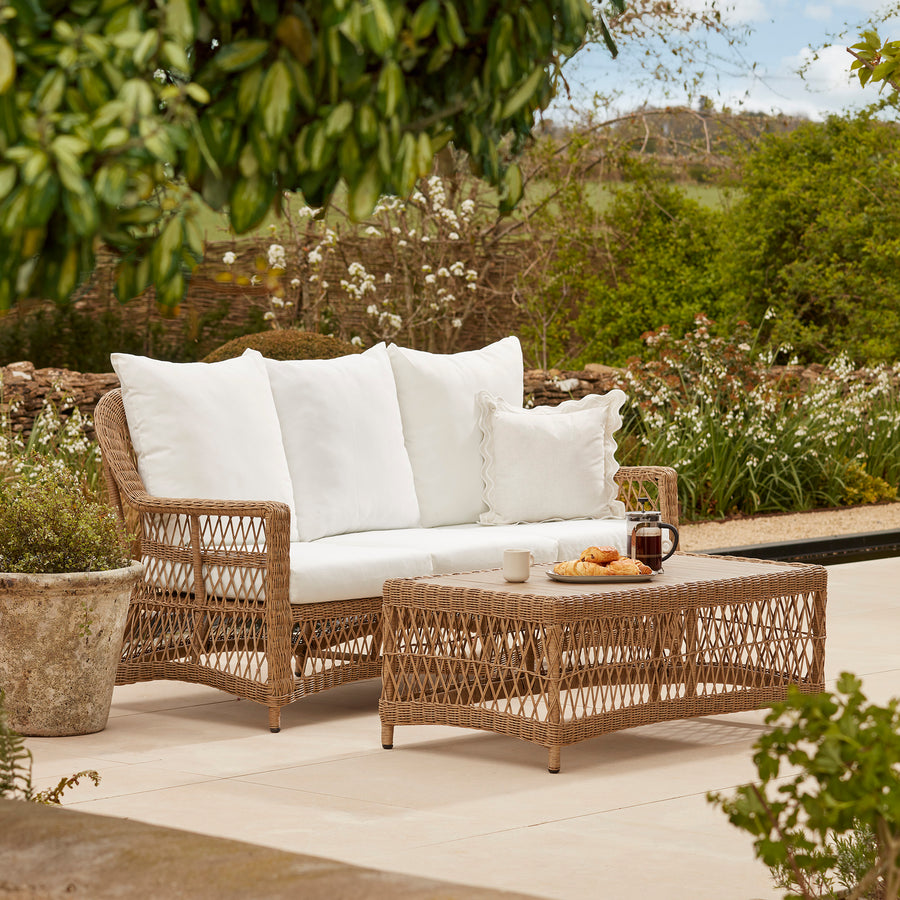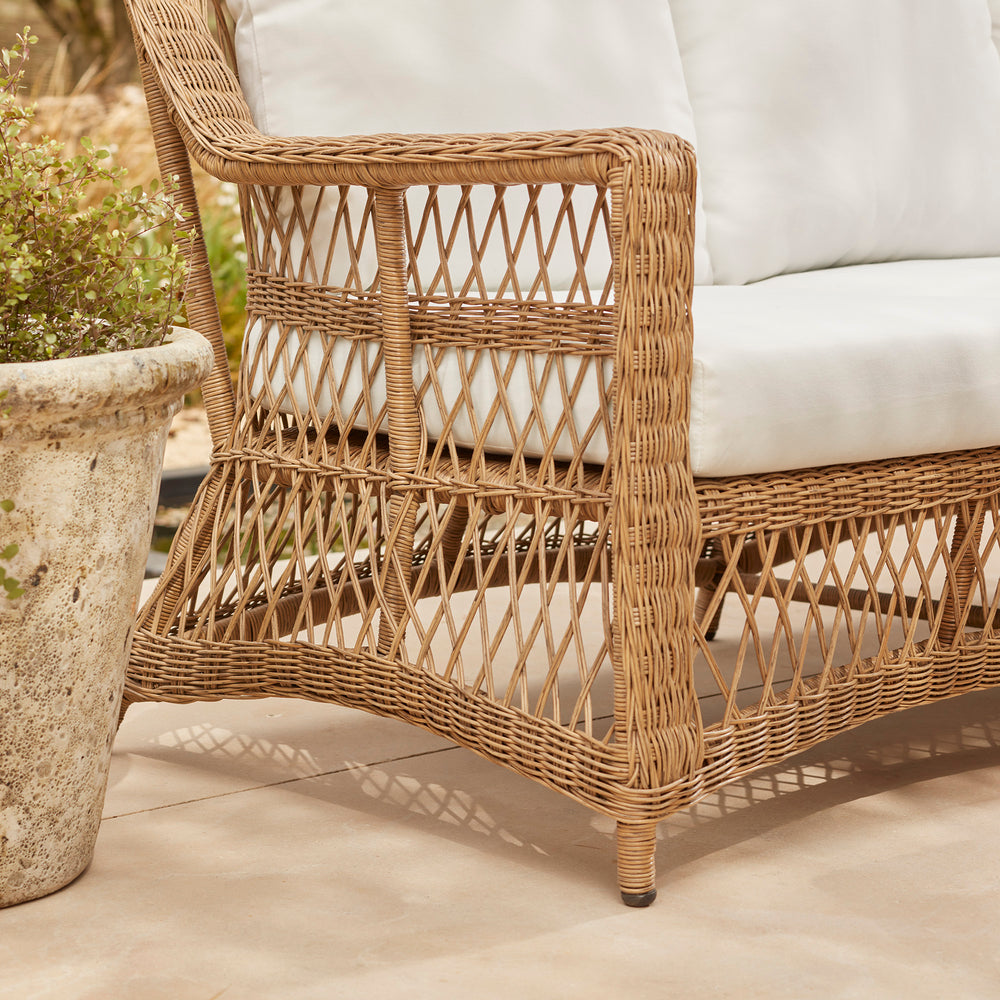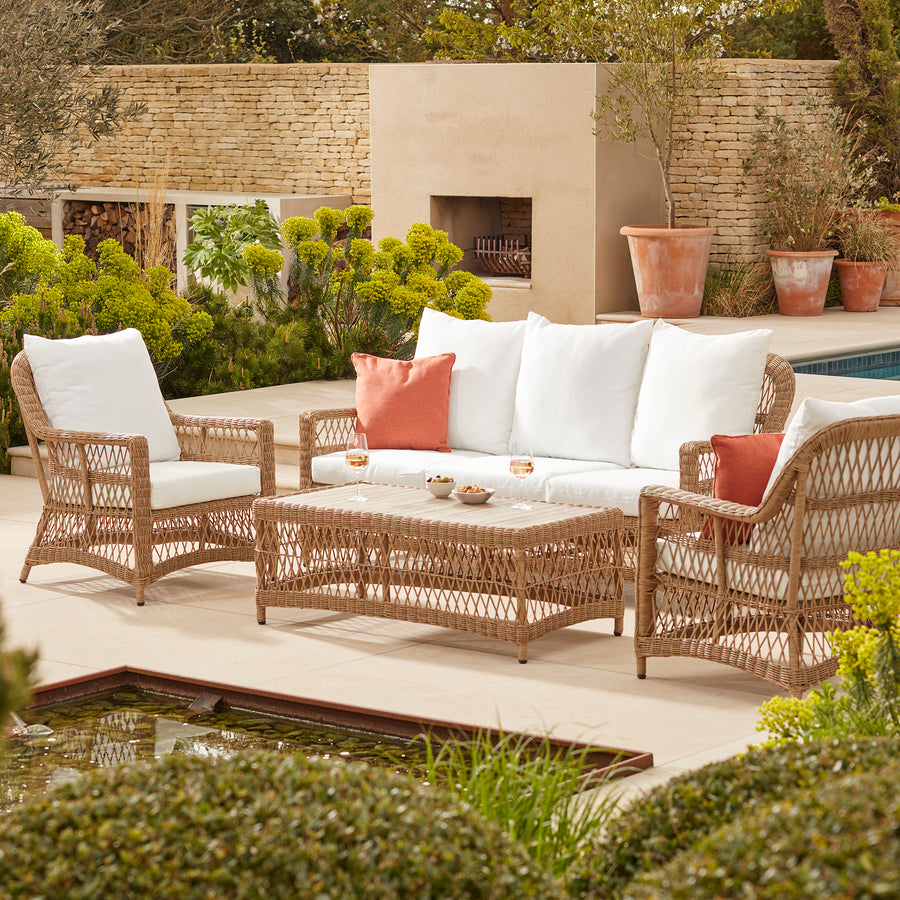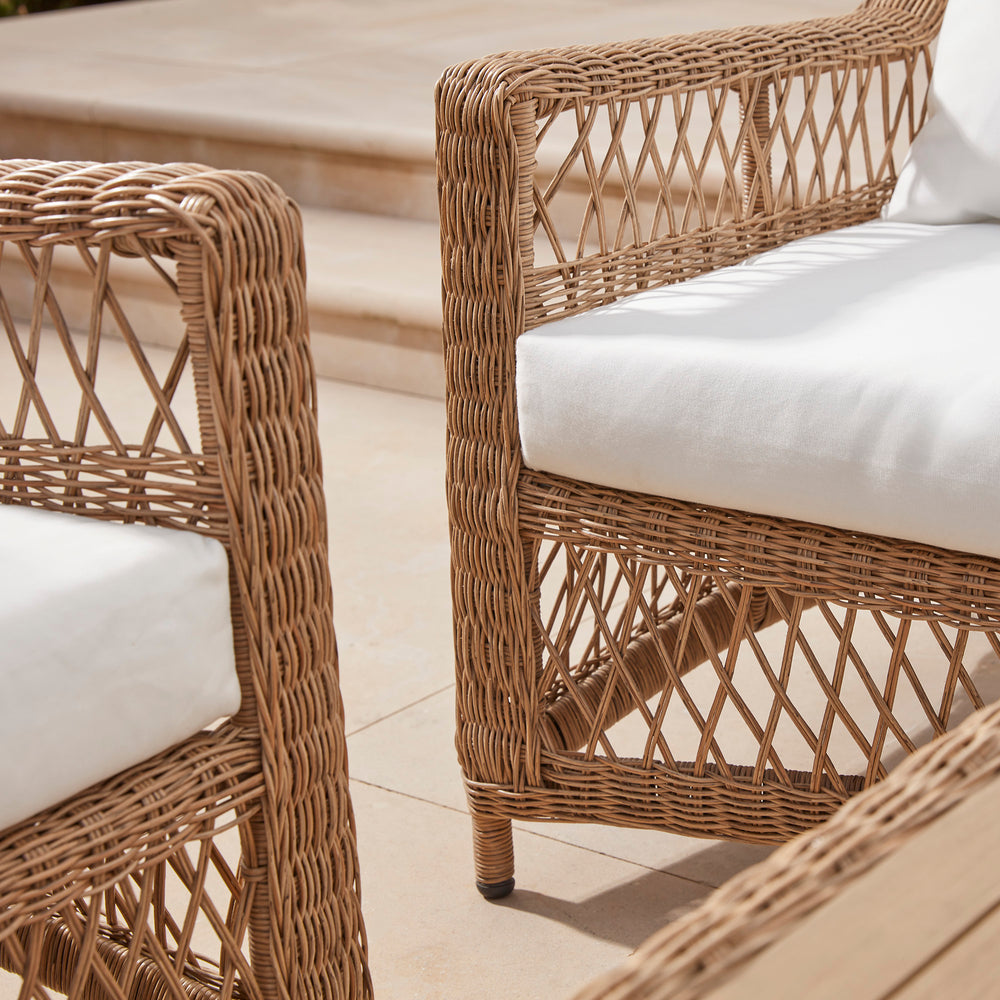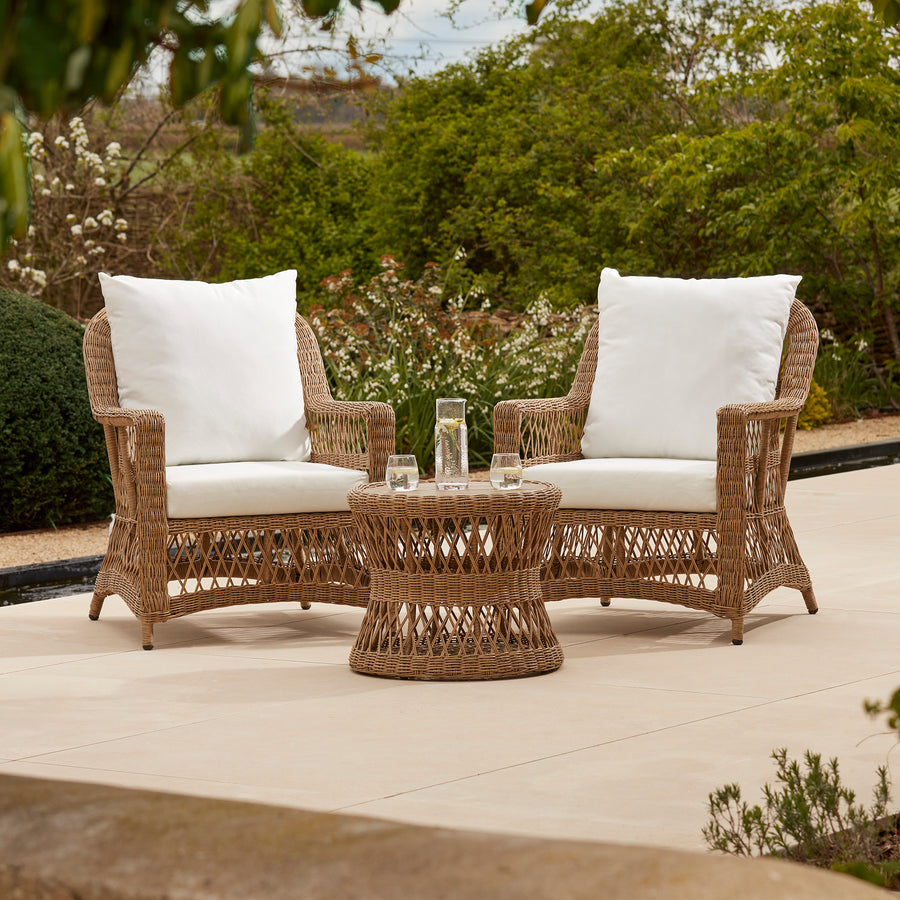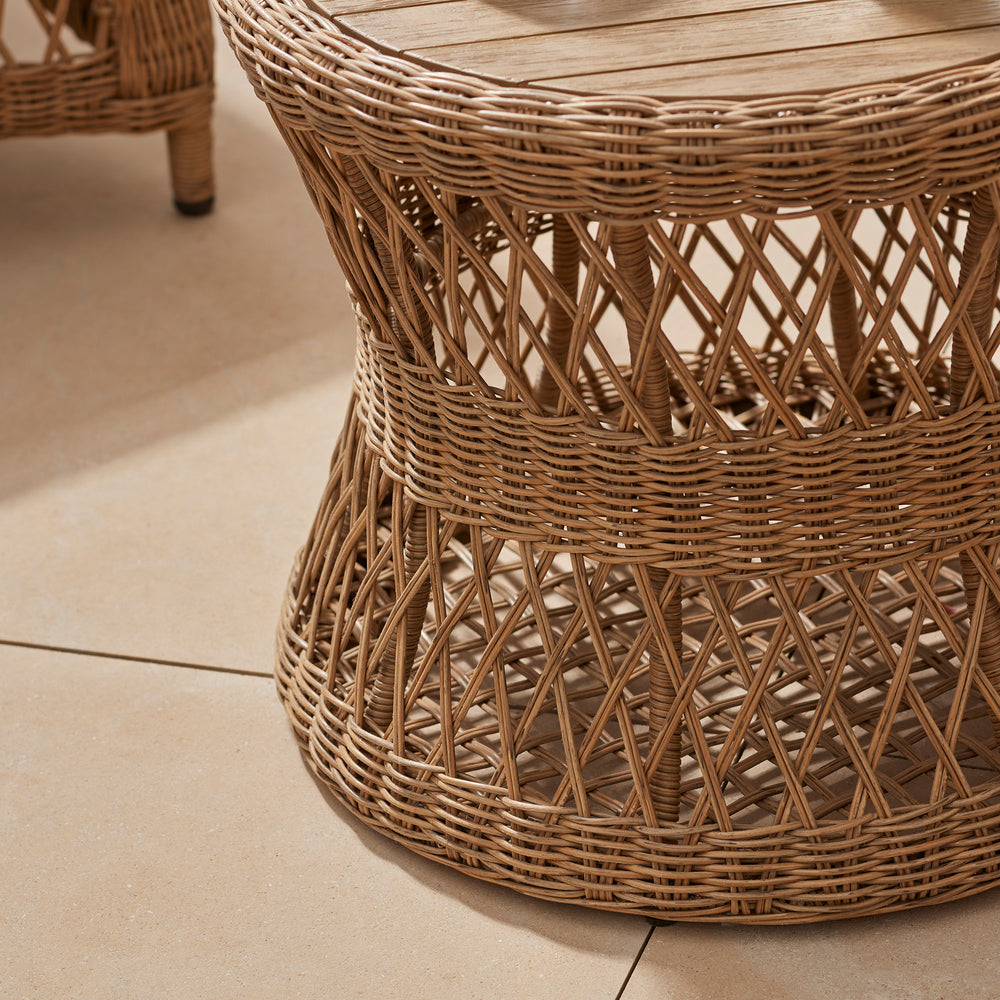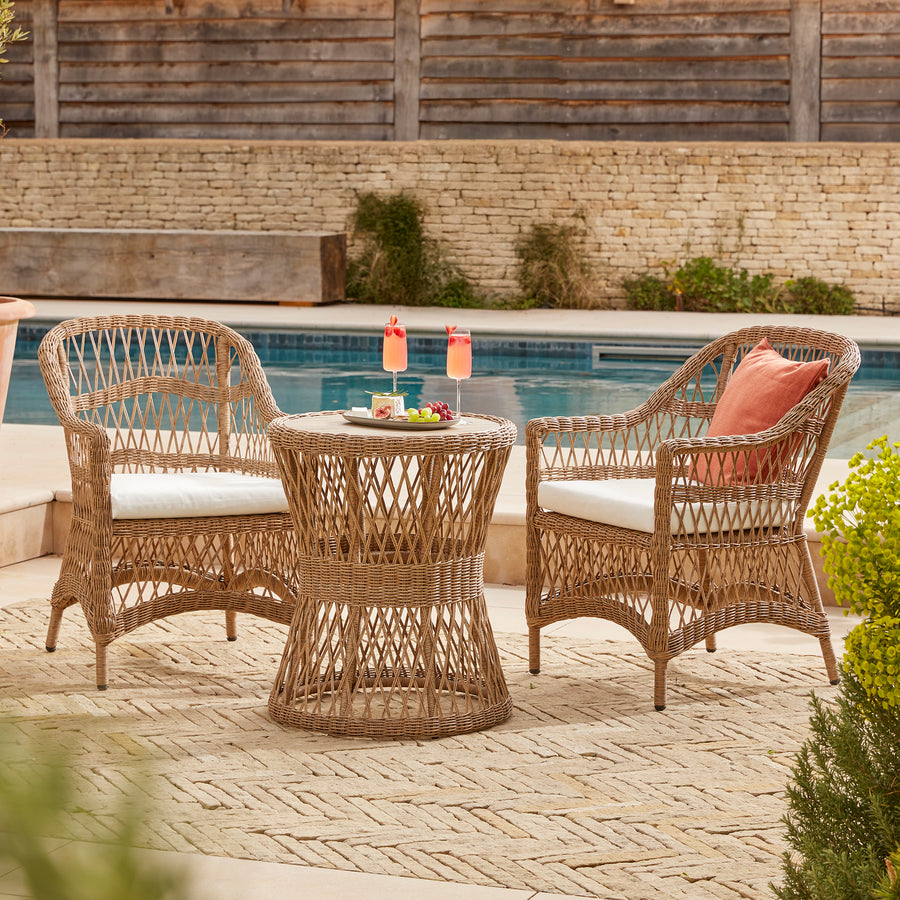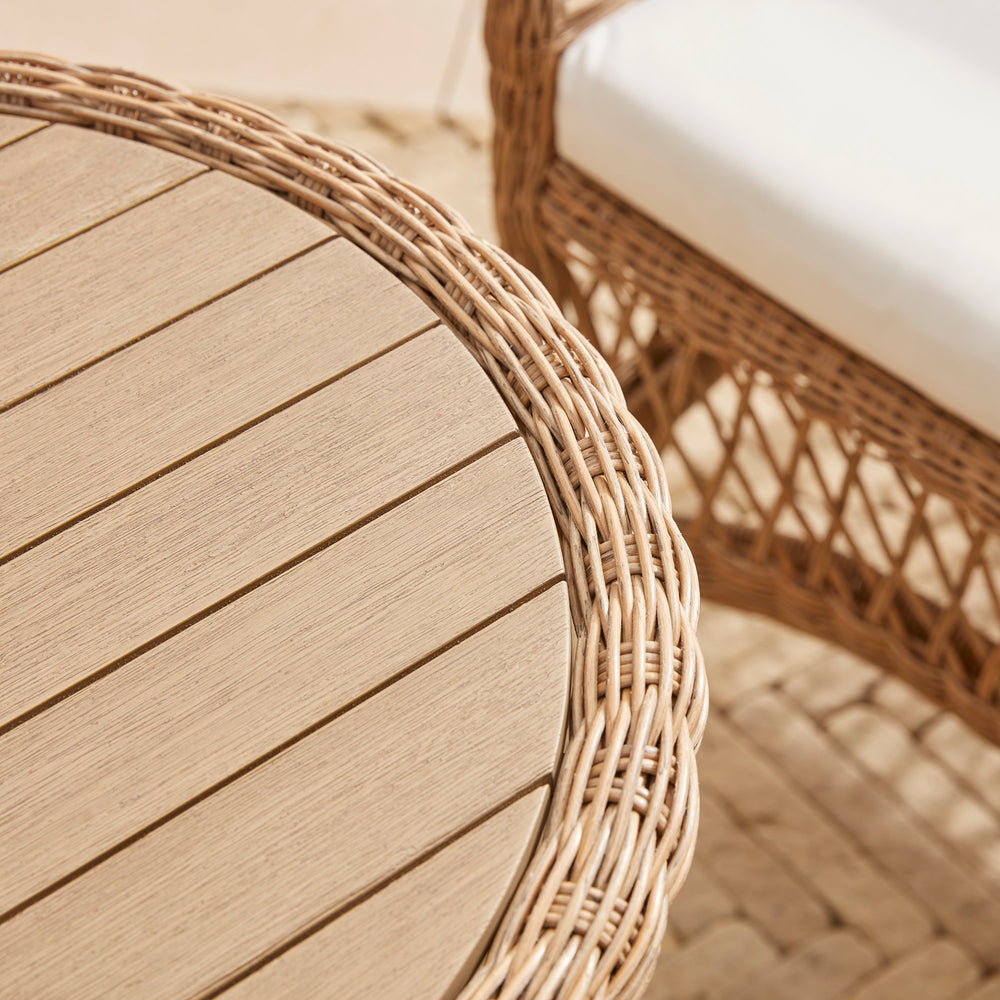Protecting endangered fauna and flora
World Wildlife Day took place this week (3rd March) to raise awareness of the extraordinary diversity of wildlife and marine life and how to conserve it to continue to provide education and nature for future generations. The UK countryside is a beautiful place to live, but unfortunately many British species are declining and face a high risk of extinction.
Recently, there has been a welcome shift and realisation that wildlife is struggling across our landscapes. With this year’s event focussed on endangered fauna and flora, why not go on an exciting discovery and explore your outdoor world to learn about the beautiful and diverse forms of wild animals and plants on our planet and how you can protect them?
Fauna
Hedgehog
The hugely popular and immediately recognisable hedgehog has seen a dramatic decline in recent years, with around a third of the national population lost since the millennium. It is thought that there is less than a million now remaining in the UK due to intensive farming methods and use of pesticides in rural areas.

Our gardens are becoming increasingly important for hedgehogs as a safe haven and place for food. You can encourage them to your garden by building hedgehog houses from woodpiles and compost heaps or leaving fallen leaves, twigs and dead vegetation around for them to build their homes and feed on.
Hedges also provide a cosy spot for hedgehogs before they hibernate or alternatively, if you have a fence, create a five-inch hole in the bottom so that hedgehogs can crawl in and out.
Red squirrel
Numbers of red squirrel have declined dramatically in the UK from 3.5 million to a current estimated population of around 120,000. They can be located in few areas of the country including Scotland, Wales, the Lake District, Lancashire and Northumberland with some populations in southern England, the Isle of Wight.
They are thought to be endangered since the introduction of the grey squirrel from America, which is a competitor for food and can carry disease that threatens the population. To preserve red squirrels, they must be kept apart from grey squirrels. A number of wildlife trusts are undertaking the conservation of red squirrels through habitat management, education and awareness projects and monitoring of populations.
If you are lucky enough to have red squirrels visit your garden, you can help by outing out food such as hazelnuts and sunflower seeds. You can also plant squirrel friendly shrubs such as brambles, raspberry, dog rose, wild cherry and crab apple.
Small tortoiseshell butterfly
The large tortoiseshell was lost as a breeding species in the UK more than 40 years ago, and the small tortoiseshell but has suffered a worrying decline, especially in the south of England, over the last few years. Once one of our most-familiar butterflies in our gardens, sightings of butterfly have fallen by 32%.

To attract butterflies, such as the small tortoiseshell, into your garden, plant nectar-rich borders with buddleia, verbena, lavender, wallflowers for them to feed on and climbing and shrubs for them to overwinter in. They also love the sugar from ripe fruit such as bananas or oranges so place them on a plate for them to land on. Butterflies also need water to survive and can provide them with a fresh source by installing a bird bath in your garden
Hazel dormouse
The UK's pocket-sized and adorable dormice are disappearing fast with populations in the UK have fallen by around a third since 2000. Warmer winters and habitat loss are the main factors in their decline, as are changes in woodland the loss of hedgerows.
To help dormice in the UK, it is recommended that gardeners can do so by allowing bramble to grow, leaving ivy on trees and piling up logs. They also love to feed on pollen and nectar, especially from honeysuckle, as well as insects, berries and nuts. You could also build them a nest box low down and close to a tree trunk to provide them with warmth and shelter.
Flora
Bluebell
The sight of British bluebells in the woods are under threat as our landscape continues to change and their habitat declines and also due to the introduction of Spanish counterparts. Bluebells are protected by the Wildlife and Countryside Act (WCA) so it is unlawful to pick and disturb them. A member of the hyacinth family, the bell-shaped flowers are violet blue but occasionally you will see white and sometimes even pink blooms.

Bluebells can be grown in the garden and will thrive when grown in compost, leaf mould or manure. As they are a woodland plant, they love shade beneath trees and shrubs. Another fantastic way to plant them is ‘in the green’ or in a ‘naturalising’ effect to mimic nature. It simply means that you plant your bulbs as they would grow in the wild. This way of planting is very easy to achieve and is a great way to brighten up your lawn, verge. wildflower patch or allotment.
Ghost Orchid
This woodland orchid is considered to be critically endangered. It is currently only found in 11 sites in Herefordshire and in the Chiltern beechwoods. The plant gets its name from its creamy-white colour and their fleeting occurrences in dark woodlands.
It originally was believed to be extinct for 23 years before being spotted in a Herefordshire woodland in 2009. It feeds off rotting leaves and only appears during a cold winter.
It is a very sensitive plant so if you do come across it, it’s very sensitive to disturbance trampling.
Spreading bellflower
The spreading bellflower has only been spotted in 37 places in the Welsh borders and west Midlands. A common site in woodland edges and roadsides from July to November every year, this purple flowered beauty declined because of the changing conditions in coppiced woodlands.

The plant is a biennial, growing in the first year to flower and die the next and sports brilliant blue, starshaped flowers.
Conservation of this beautiful wildflower have been aided by Forestry England volunteers who grew bellflower plug plants from seeds collected in woodlands and planted them out along sunny banks. It is also hoped that the coppicing of woodland will help the spread of seeds to keep this beautiful flower alive.
Red helleborine
This is another endangered orchid species in with only a localised population in the south of England. Its fall in population is thought to be down to a decline in pollinators and the right habitat for them. It favours ancient beech woodlands on chalk or limestone soil. An exceptionally beautiful and graceful wildflower with 17 delicate rose-pink petals on a 23-inch stem., it is currently only known to be on three sites in the UK.
The team at Kew gardens are hoping to have success in artificially propagating the plant following the collection of some seeds in recent years. There have also been visits to thriving colonies in Europe where conservationists hope to gain ideas on how to manage the UK sites for the plant to adapt and succeed.
With the rare Amazonian cactus Moonflower flowering for the first time in the UK at the Cambridge University Botanic Gardens after weeks of suspense for thousands of people watching around the world, we’d love to know what you special plant is that you care for? Whether it’s a rare variety or simply your pride of joy, our Gardenesque range of planters offer an undiscovered world of luxurious and contemporary design and make beautiful bases for your plant arrangements.




